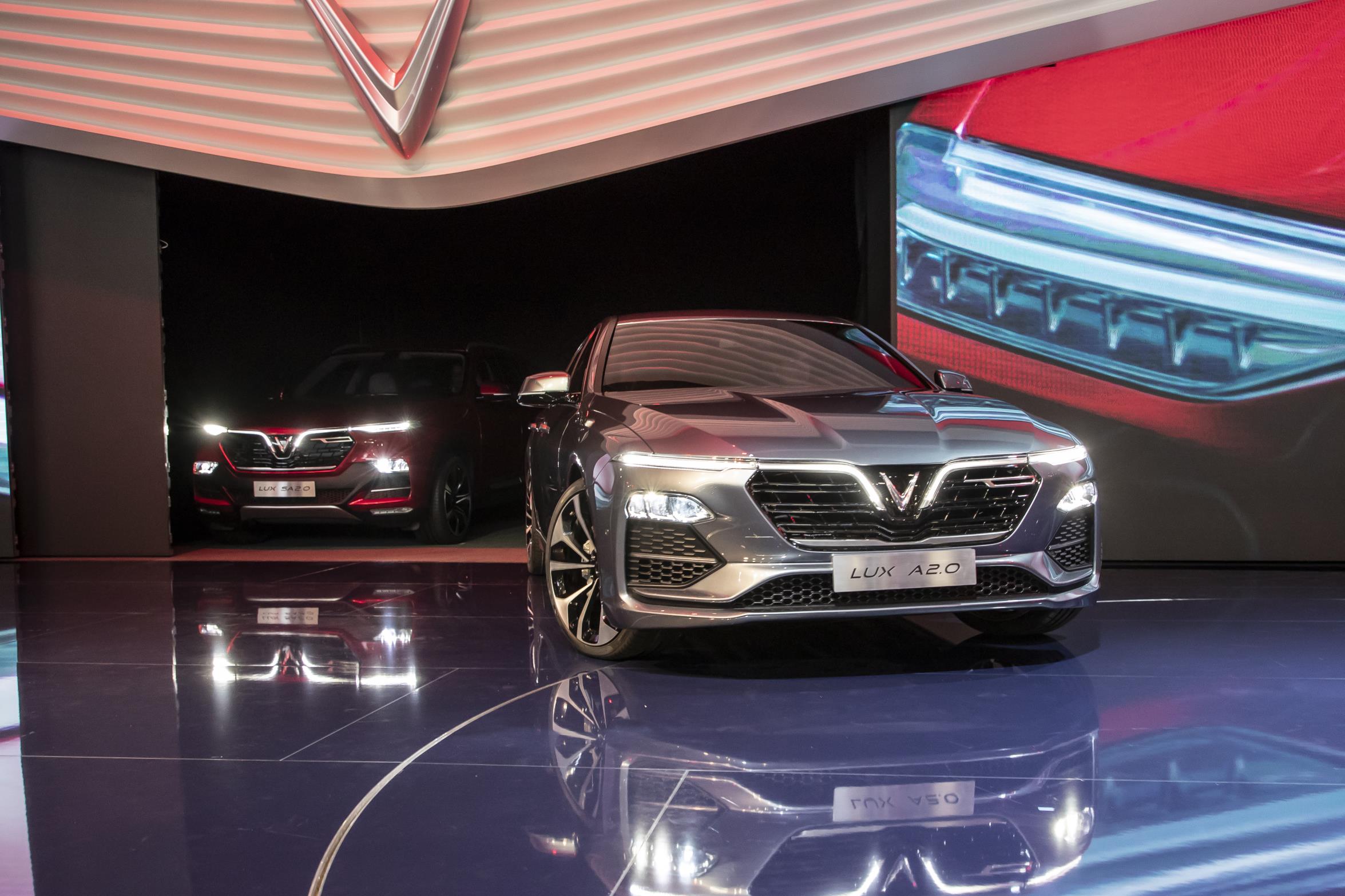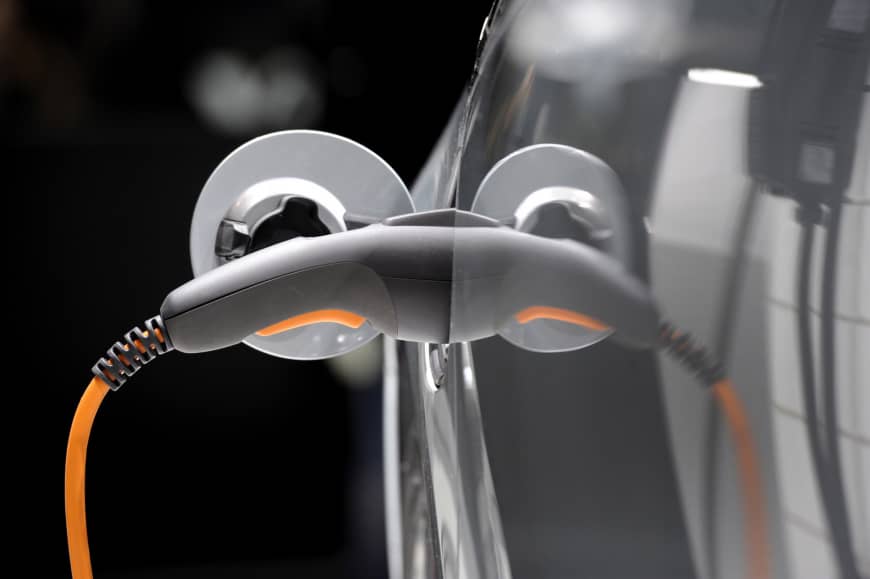
London copper trimmed gains on Monday, after slowing industrial profits signalled that China’s economy was losing steam, which clouded the outlook for metals demand.
Profit growth at China’s industrial firms slowed for a fifth consecutive month in September as sales of raw materials and manufactured goods ebbed further, pointing to cooling domestic demand in the world’s second-biggest economy.
“The loss of risk appetite wasn’t helped by further falls in the Chinese currency, with the depreciating yuan raising concerns that demand will be impacted,” said ANZ in a report.
A weaker yuan makes commodities priced in other currencies more expensive for buyers paying in the Chinese currency.
* COPPER: London Metal Exchange copper trimmed early gains of half a percent and was little changed at $6,167 a tonne, as of 0713 GMT, having closed down 1 percent on Friday when it hit a two-week low. LME exchange stocks registered a 6,450-tonne increase in orders for metal on Friday, suggesting strong underlying metal demand.
* SHFE: Shanghai Futures Exchange copper ended down 0.5 percent at 49,770 yuan ($7,154). Open interest has dropped steeply in the past month to below 500,000 lots to the lowest since Feb 2017 suggesting the rally in prices from mid-Sept to mid-Oct was fanned by short covering.
* The slowdown was in line with data last week that showed September’s factory output grew at the weakest pace since February 2016.
* YUAN: China is likely to use its vast currency reserves to stop any precipitous fall through the psychologically important level of 7 yuan per dollar as it could risk triggering speculation and heavy capital outflows, policy insiders said.
* USD: The U.S. economy slowed less than expected in the third quarter as a tariff-related drop in soybean exports was partially offset by the strongest consumer spending in nearly four years, keeping growth on track to hit the Trump administration’s 3 percent target this year.
* COPPER INVESTORS: Hedge funds and money managers added to their net short position in Comex copper contracts in the week ended Oct. 23, the U.S. Commodity Futures Trading Commission said on Friday.
* NICKEL: LME nickel fell for a fifth session to hit its weakest since December on tempered enthusiasm from investors for the battery raw material. Prices wallowed down 0.6 percent at $11,825 a tonne.





